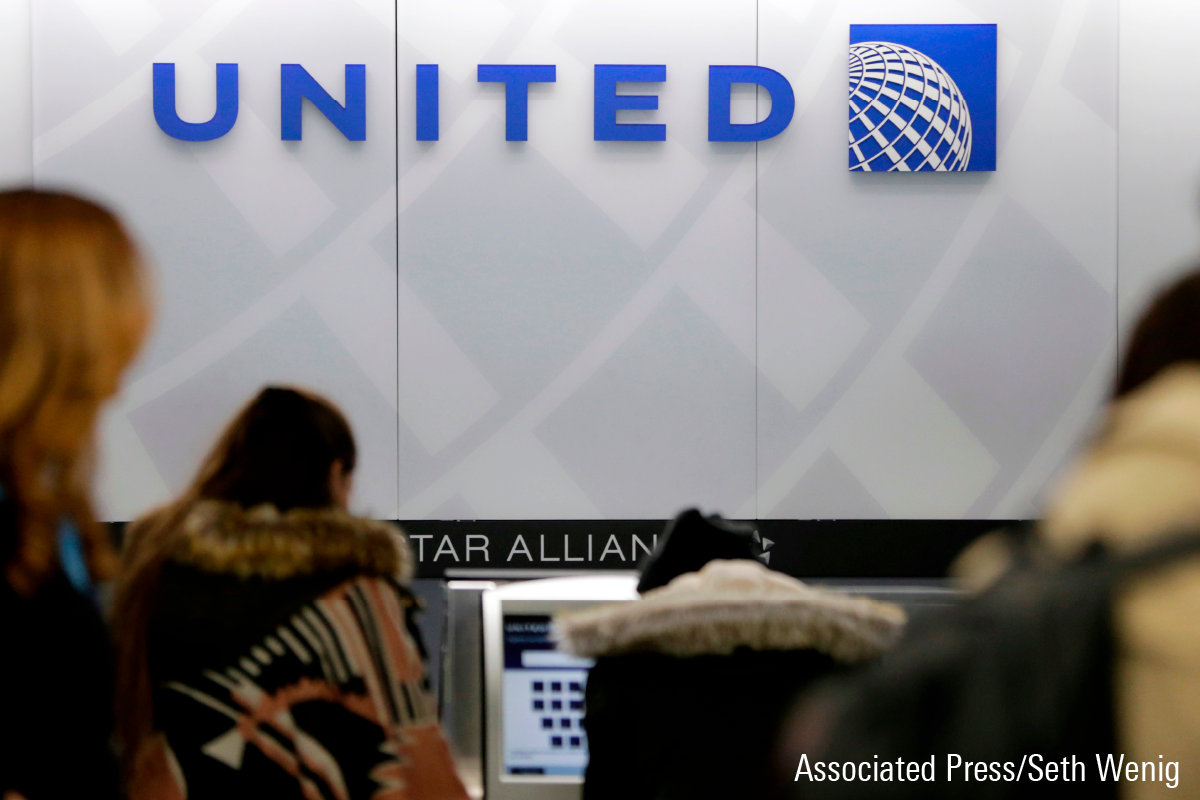United Airlines: New Planes To Deliver Efficient Capacity but Drain Cash Flow; Lowering Fair Value

We have taken a fresh look at North American airlines and instituted an industry-based demand model for air travel, capacity, and airline revenue yields. As a result, we have lowered no-moat United Airlines’ UAL fair value estimate to $36 from $60 per share.
We now expect the medium-term operating environment for U.S. airlines to return to normal competitive dynamics after current supply constraints moderate, likely in a year or two. In many ways, we forecast 2023-27 as resembling the 2015-19 period before the pandemic, with declining fuel costs, a mostly consolidated industry, and robust demand for air travel. But three key differences temper this outlook: the industry piled on billions of dollars of debt to withstand the pandemic, the current period of high profitability will have erased tax shields airlines enjoyed in the previous era, and postpandemic labor agreements are adding structural costs to airlines’ income statements. Though United may have the dubious distinction of enjoying its tax loss shields longer than some peers, its debt and outlays for new planes constrain our valuation.
Our 2027 midcycle forecasts for United project $0.178 passenger revenue yield per mile—almost a 22% share of a growing pool of revenue passenger miles—and load factors in the mid-80s. They also include $0.018 per available seat mile of additional structural costs than the airline booked between 2015 and 2019, the so-called honeymoon prepandemic period for airlines. Our forecast maintains more than $0.03 of spread between United’s passenger revenue and nonfuel recurring costs per mile, which allows for moderate operating margin expansion over the next several years.
We reaffirm our view that there are no durable competitive advantages to be had in this industry and that long-term investors should seek exposure to air travel elsewhere, such as with the wide-moat suppliers of airframes and jet engines, whose products airlines compete with one another to purchase years in advance.
The author or authors do not own shares in any securities mentioned in this article. Find out about Morningstar’s editorial policies.


:quality(80)/cloudfront-us-east-1.images.arcpublishing.com/morningstar/MG6XOCYGF5BO7MG5YRNBISB3SA.png)
:quality(80)/cloudfront-us-east-1.images.arcpublishing.com/morningstar/TXAOQ3NTDNAVLGMP3O4BVUVFTA.png)
:quality(80)/cloudfront-us-east-1.images.arcpublishing.com/morningstar/RH6K4NMACRHO3DQIPX57HVLLAU.png)